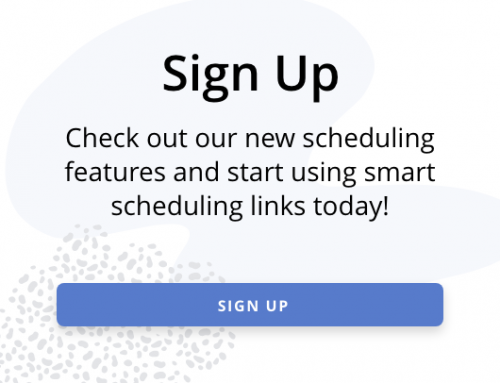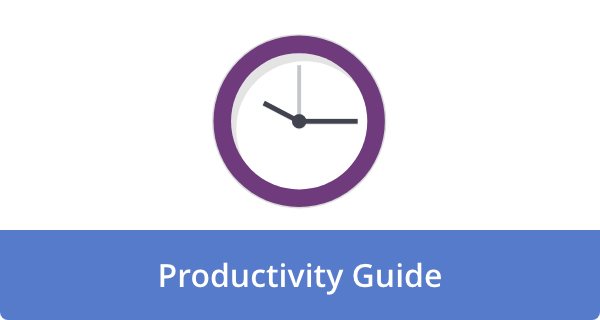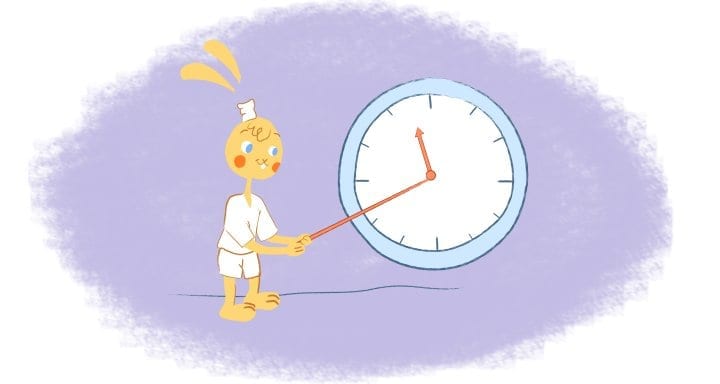
Planning your day is widely recognized as essential for better organization and productivity, yet how many of us actually do it consistently? I’ve found that most people view daily planning as just another chore on their endless to-do list. But after implementing Carl Pullein’s daily planning sequence, I’ve discovered it’s the difference between feeling accomplished at day’s end versus wondering where all my time went.
Pullein makes a brilliant comparison to the power constraints of Apollo 13. Just as the astronauts had limited electrical resources to restart their command module, we all have exactly 24 hours each day—a finite resource that can’t be expanded. This perspective completely changed how I approach my daily planning.
The Three-Step Sequence That Makes All the Difference
What makes Pullein’s approach so effective is its simplicity. It’s just three steps that take about five minutes, but they must be followed in sequence:
- Check your Calendar first – This shows how much time you actually have available for tasks
- Create a realistic task list – Based on your available time, not your wishes
- Prioritize that list – Identify your “must-do” tasks (ideally just two)
Before learning this method, I would create ambitious to-do lists without checking my calendar first. I’d plan 30 tasks for a day with six hours of meetings—mathematically impossible! No wonder I felt constantly behind,” says Pullein.
The Reality Check of Time Constraints
The first step—checking your calendar—forces you to confront reality. If you have six hours of meetings in an eight-hour workday, you only have two hours for tasks. And as Pullein points out, those two hours aren’t even fully available because of interruptions, urgent emails, and other disruptions. You might realistically have just 90 minutes of focused task time.
This constraint is actually liberating. When I know I only have 90 minutes, I’m forced to be ruthless about what matters most. The unimportant tasks that I used to stress about? Pullein notes they often resolve themselves if left alone for a few days.
A realistic list might only be four or five tasks. Make that list realistic, reschedule tasks, move things around, just make sure that you’ve got a realistic task list.
The Power of Physical Reminders
What I find particularly useful is Pullein’s suggestion to write your top priorities on paper. He recommends an A7 notebook, but any small notepad works. This physical reminder stays visible throughout your day, unlike digital task managers that disappear behind other windows on your screen.
I’ve tried both methods, and the difference is striking. When my priorities are written on paper beside my keyboard, they remain in my peripheral vision all day. My digital task list, however sophisticated, vanishes as soon as I open a document or spreadsheet.
Why This Method Works Better Than Others
Many productivity systems focus on organizing tasks but often overlook time constraints. Pullein’s approach forces you to reconcile your ambitions with reality before the day even starts.
The sequence matters tremendously. If you prioritize tasks before checking your calendar, you’ll inevitably overcommit. If you create your task list without considering time constraints, you’re setting yourself up for disappointment.
I’ve found this method particularly valuable on my busiest days. When time is most limited, having absolute clarity on my top priorities prevents me from getting lost in busy work that feels productive but doesn’t move important projects forward.
Making It Work For You
The beauty of this system is its flexibility. While the sequence is non-negotiable, the implementation can be adapted to your preferences:
- Use a digital or physical calendar—just make sure you check it first
- Your task manager can be an app or a notebook
- Your priority list can be on paper, a sticky note, or even a whiteboard
What matters is following the sequence and being honest about your time constraints.
I’ve found that this 5-minute morning ritual not only transforms my productivity but also my peace of mind. There’s something deeply satisfying about ending each day knowing I accomplished what truly mattered, even if my original task list was much longer.
If you struggle with feeling overwhelmed or end days wondering where your time went, give this simple sequence a try. It might just be the missing piece in your productivity puzzle.











Howie Jones
My name is Howie and I'm a Customer Success Manager at Calendar. I like to ensure our customers get the best experience using our product. If you have questions email me howie at calendar.com